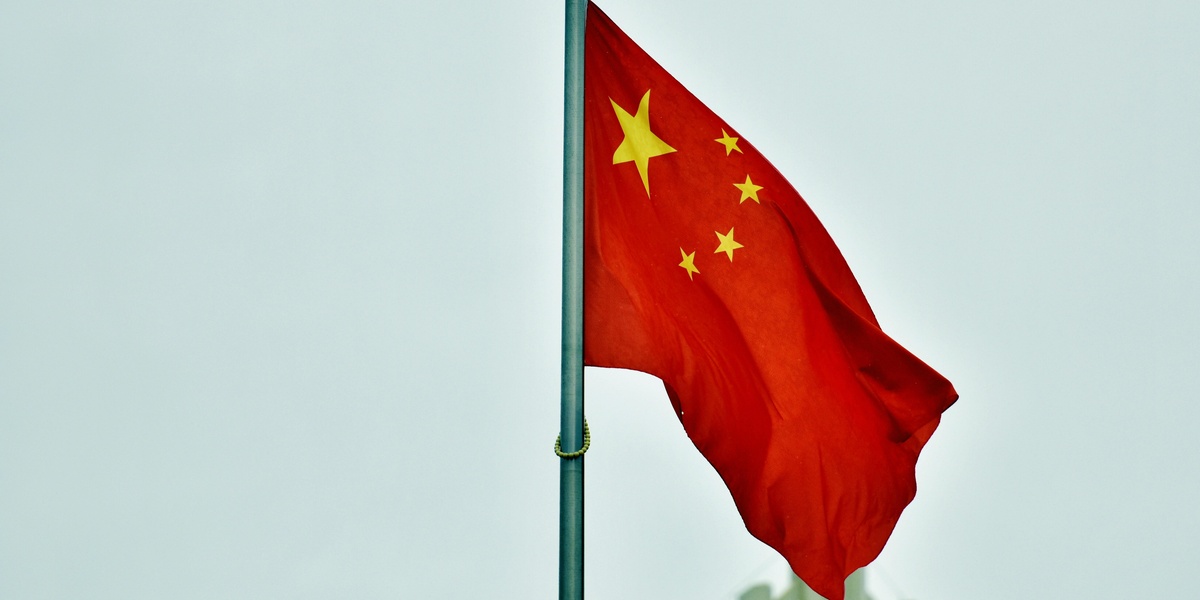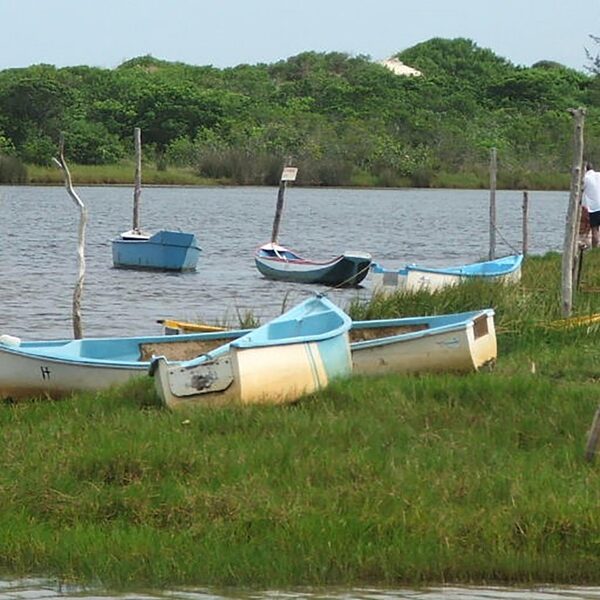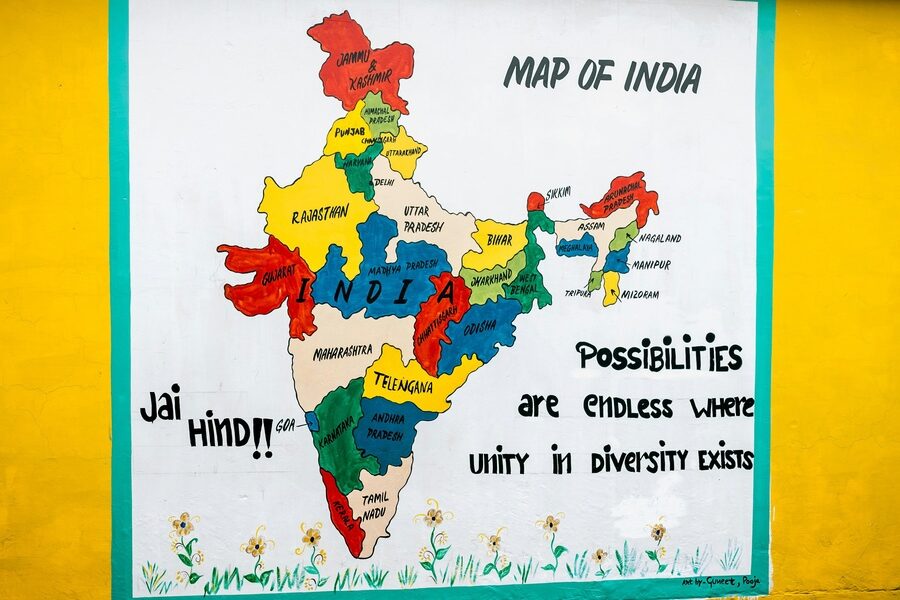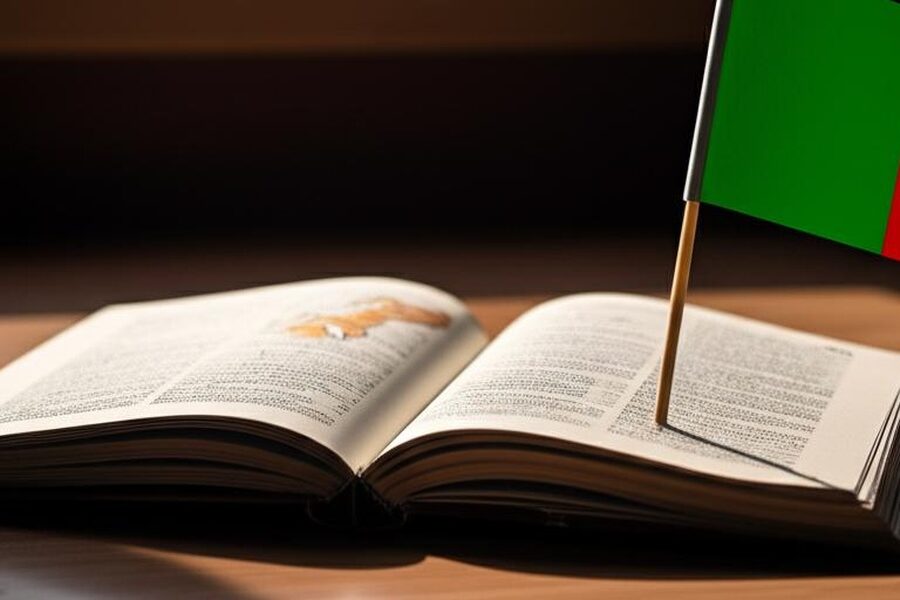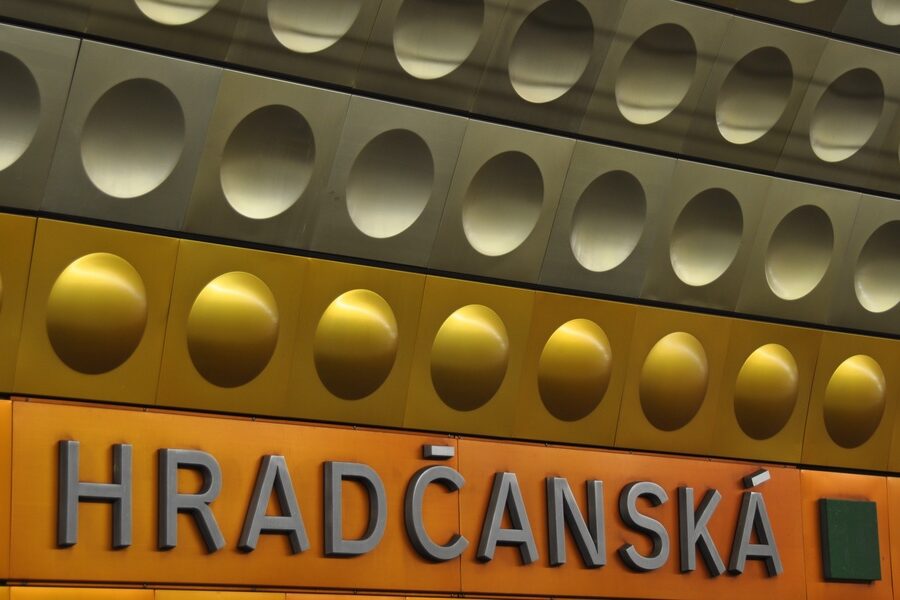Mandarin Chinese shows up in unexpected places—spoken in family homes, schools, and business districts far beyond East Asia. Knowing which countries have Mandarin speakers helps travelers, researchers, and learners set realistic expectations about where they’ll hear or use the language.
There are 41 Countries that Speak Mandarin Chinese, ranging from Argentina to Vietnam. For each country, the data are organized as Flag,Mandarin status,Estimated speakers (%) — you’ll find below.
Which countries outside China have the largest Mandarin-speaking populations?
Taiwan and Singapore have the highest concentration of Mandarin speakers due to official language use and education. Large overseas Chinese communities in Malaysia, Indonesia, the United States and Canada also contribute significant speaker numbers, while several Southeast Asian nations and diaspora hubs show smaller but meaningful Mandarin presence.
How reliable are the “Estimated speakers (%)” figures?
Those percentages are approximations based on censuses, surveys and academic estimates; they vary with definitions (native vs. second-language speakers), survey methods and year of data. Use them as a comparative guide rather than exact counts, and check source notes for methodology when precision matters.
Countries that Speak Mandarin Chinese
| Country | Flag | Mandarin status | Estimated speakers (%) |
|---|---|---|---|
| China | 🇨🇳 | Official national language | 70.0% |
| Taiwan | 🇹🇼 | Official; lingua franca | 95.0% |
| Singapore | 🇸🇬 | Official language; promoted among Chinese | 30.0% |
| Malaysia | 🇲🇾 | Widespread in Chinese communities | 4,500,000 |
| Hong Kong | 🇭🇰 | Regional Chinese language; growing Putonghua | 30.0% |
| Macau | 🇲🇴 | Widely taught; used in tourism | 10.0% |
| Indonesia | 🇮🇩 | Significant diaspora and learners | 1,000,000 |
| Philippines | 🇵🇭 | Chinese-Filipino communities, schools | 1,000,000 |
| Thailand | 🇹🇭 | Large Chinese community; taught widely | 2,000,000 |
| Vietnam | 🇻🇳 | Ethnic Chinese communities and learners | 500,000 |
| Brunei | 🇧🇳 | Chinese minority bilingual use | 30,000 |
| Myanmar | 🇲🇲 | Chinese communities near borders, cities | 1,000,000 |
| Laos | 🇱🇦 | Growing use via investment and schools | 200,000 |
| Cambodia | 🇰🇭 | Chinese community and Chinese schools | 300,000 |
| Japan | 🇯🇵 | Residents, students, business use | 700,000 |
| South Korea | 🇰🇷 | Immigrants, students, business use | 500,000 |
| United States | 🇺🇸 | Major immigrant language; heritage use | 1,200,000 |
| Canada | 🇨🇦 | Growing immigrant and heritage language | 600,000 |
| Australia | 🇦🇺 | Large immigrant community and students | 600,000 |
| New Zealand | 🇳🇿 | Growing diaspora and students | 80,000 |
| United Kingdom | 🇬🇧 | Established communities and students | 150,000 |
| Germany | 🇩🇪 | Students, business, immigrant communities | 200,000 |
| France | 🇫🇷 | Urban diaspora, students, commerce | 120,000 |
| Italy | 🇮🇹 | Large Chinese community, commerce | 300,000 |
| Spain | 🇪🇸 | Immigrants and business use | 150,000 |
| Netherlands | 🇳🇱 | Migrant communities and students | 80,000 |
| Belgium | 🇧🇪 | Chinese community and commerce | 40,000 |
| Switzerland | 🇨🇭 | Students, expatriates, businesses | 60,000 |
| Sweden | 🇸🇪 | Immigrants and students | 40,000 |
| Norway | 🇳🇴 | Workers, students, growing diaspora | 20,000 |
| Russia | 🇷🇺 | Far East communities, students, trade | 300,000 |
| Kazakhstan | 🇰🇿 | Ethnic Chinese and migrant workers | 150,000 |
| Kyrgyzstan | 🇰🇬 | Border trade and Chinese residents | 50,000 |
| Uzbekistan | 🇺🇿 | Small diaspora and workers | 30,000 |
| Brazil | 🇧🇷 | Chinese-Brazilian communities and business | 200,000 |
| Argentina | 🇦🇷 | Immigrant communities and commerce | 120,000 |
| Peru | 🇵🇪 | Historic Chinese community; modern Mandarin use | 100,000 |
| Chile | 🇨🇱 | Business, students, immigrant communities | 80,000 |
| South Africa | 🇿🇦 | Business communities, students, diaspora | 120,000 |
| United Arab Emirates | 🇦🇪 | Large expatriate workforce and business | 150,000 |
| Saudi Arabia | 🇸🇦 | Chinese workers and business presence | 100,000 |
Images and Descriptions

China
Mandarin (Putonghua) is China’s official lingua franca, taught nationwide and used in media, government, and education. Most regions use it for interethnic communication; notable as the primary language of the world’s largest population and China’s modern institutions.

Taiwan
Mandarin is the official language of Taiwan and the main medium of education, media, and government. It coexists with Taiwanese Hokkien and Hakka; nearly everyone uses Mandarin for formal life, business, and national communication.
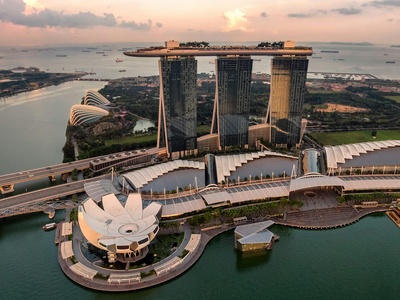
Singapore
Mandarin is one of Singapore’s four official languages and is strongly promoted in schools and community programs. Among ethnic Chinese it serves as a common home and education language, while English dominates public administration and commerce.

Malaysia
Malaysia’s sizable Chinese population commonly uses Mandarin for education, Chinese schools, media, and inter-dialect communication. Mandarin is prominent in urban business districts and cultural institutions, though many also speak Malay and regional Sinitic varieties.

Hong Kong
Cantonese remains dominant, but Putonghua (Mandarin) has grown through education, media, and mainland ties. Mandarin is taught in schools and used increasingly in official and cross-border contexts, especially in business and tourism sectors.

Macau
Macau’s primary spoken Chinese is Cantonese, but Mandarin use has increased with mainland visitors, schools, and government links. Mandarin is common in tourism, cross-border trade, and language education programs for younger residents.
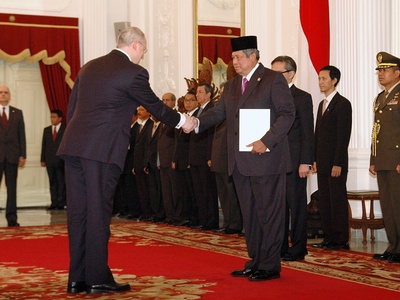
Indonesia
Indonesia has a long-established Chinese community; Mandarin is taught in schools and used increasingly among younger generations and businesses. Historically other Sinitic dialects were common, but Mandarin grows through education and cultural ties with China.

Philippines
Mandarin is spoken within Chinese-Filipino communities and taught in Chinese schools and universities. It functions as a heritage and business language in urban centers like Manila, often alongside Filipino and English.

Thailand
Thailand’s ethnic Chinese population uses a mix of dialects and Thai; Mandarin has expanded through Chinese-language schools, media, and economic ties with China. It’s increasingly common in education, commerce, and cultural programs.

Vietnam
Vietnam’s Hoa (ethnic Chinese) communities use various dialects, with Mandarin taught in schools and increasing in business and education. Mandarin is common among traders, students, and cultural institutions linked to China.
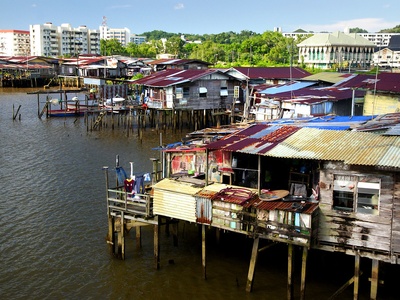
Brunei
Brunei’s Chinese minority frequently speaks Mandarin alongside Malay and regional dialects. Mandarin is used in private schools, community organizations, and cultural life, reflecting education choices and regional economic ties.

Myanmar
Chinese speakers in Myanmar are concentrated in border regions and cities; Mandarin is used in trade, business, and schools. Historical Sinitic dialects remain, but Putonghua grows with mainland investment and migration.

Laos
Mandarin has expanded in Laos due to Chinese investment, infrastructure projects, and education. It’s common among businesspeople, students, and urban Chinese communities, and increasingly taught as a foreign language in schools.

Cambodia
Cambodia’s Chinese community traditionally spoke various dialects; Mandarin use has grown via Chinese-language schools, business ties, and media. Mandarin serves commerce, cultural exchanges, and education in urban centers like Phnom Penh.

Japan
Japan hosts a sizable Mandarin-speaking population including immigrants, long-term residents, and students. Mandarin appears in business, education, and cultural exchange settings, driven by tourism and economic links with China and Taiwan.
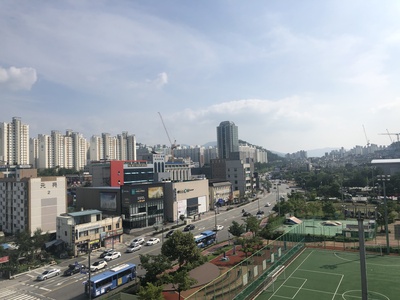
South Korea
Mandarin is common among Chinese residents, students, and increasingly in business and education. Korean universities and companies often engage Mandarin speakers for trade and cultural exchange with China and Taiwan.

United States
The US has one of the world’s largest Mandarin-speaking diasporas, concentrated in major metropolitan areas. Mandarin is used in homes, community schools, businesses, and media; numbers include recent immigrants and Chinese-Americans.

Canada
Canada’s Mandarin-speaking population has expanded through immigration, mainly in urban centers like Vancouver and Toronto. Mandarin is used in education, community services, business, and multicultural media offerings.

Australia
Mandarin is widely spoken among Australia’s Chinese diaspora and international students. Major cities feature Mandarin media, schools, and business services; it’s a significant heritage and employment language.

New Zealand
New Zealand’s Mandarin-speaking population includes immigrants, students, and local learners. Mandarin appears in business, Chinatown districts, cultural events, and Chinese-language education programs across major cities.

United Kingdom
The UK hosts Mandarin speakers among immigrant communities, students, and professionals. Mandarin is used in cultural centers, schools, and Sino-UK business ties, concentrated in London and other major cities.

Germany
Germany’s Mandarin speakers include students, professionals, and immigrants tied to trade with China. Mandarin is used in universities, Chinese community organizations, and businesses involved in bilateral commerce.
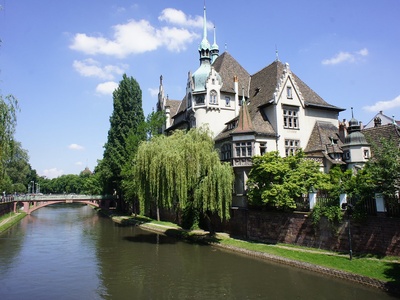
France
Mandarin in France appears among immigrant communities, students, and trade networks. Paris and other cities have Chinese schools, cultural institutes, and businesses where Mandarin facilitates communication and cultural exchange.

Italy
Italy hosts significant Chinese communities, notably in Prato; Mandarin is used in schools, commerce, and by younger generations, though regional Chinese dialects remain in everyday use among older residents.

Spain
Mandarin speakers in Spain are concentrated in immigrant communities and business hubs. Mandarin is used in commerce, cultural centers, and language programs serving Chinese residents and Spanish students interested in China.

Netherlands
The Netherlands has Mandarin speakers among immigrants, students, and professionals. Mandarin appears in business, education, and cultural exchange programs, especially in major cities such as Amsterdam and Rotterdam.

Belgium
Belgium’s Mandarin-speaking population includes immigrants, students, and businesspeople. Mandarin is used in trade relations, community schools, and cultural activities, particularly in urban areas with Chinese communities.

Switzerland
Switzerland’s Mandarin speakers are often students, expatriates, and professionals involved in finance and trade. Mandarin services exist in major cities, and language schools attract learners and business-oriented speakers.

Sweden
Sweden hosts Mandarin speakers among immigrants, international students, and professionals. Mandarin is visible in academic settings, cultural programs, and growing commercial links with China.

Norway
Norway’s Mandarin presence is modest but growing through immigration, students, and business connections. Mandarin is used in small community centers, language schools, and trade-related activities.
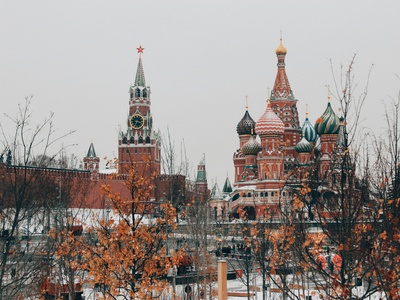
Russia
Russia’s Mandarin speakers are concentrated in the Far East, border regions, and major cities. Trade, education, and migration drive Mandarin use, and it’s common in cross-border commerce and language programs.
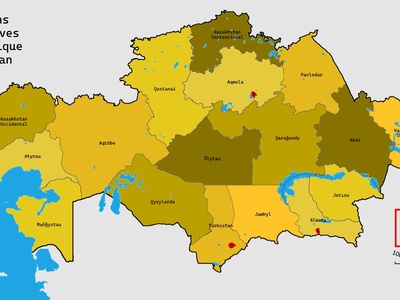
Kazakhstan
Kazakhstan has Mandarin speakers among ethnic Chinese, traders, and migrant workers, especially in northern and major urban areas. Mandarin is used in business, trade, and with growing China-Kazakhstan economic links.

Kyrgyzstan
Mandarin appears in Kyrgyzstan through border trade, Chinese workers, and small business communities. Its use centers on commerce, project-related workers, and language learners in urban areas.
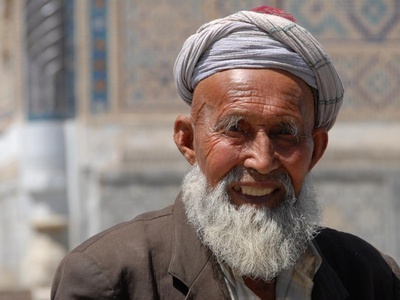
Uzbekistan
Mandarin in Uzbekistan is present among a small Chinese diaspora, traders, and infrastructure workers. Its presence is linked to regional projects and trade, and Mandarin is taught in some language centers.

Brazil
Brazil’s Mandarin speakers include immigrants, businesspeople, and students. Mandarin is visible in São Paulo and other cities through commerce, language schools, and cultural organizations connecting Brazil with China.

Argentina
Argentina hosts Mandarin speakers in immigrant communities and trade circles. Mandarin is used in business, cultural associations, and educational programs focused on language and economic ties with China.

Peru
Peru’s long-established Chinese community historically spoke Cantonese and Hokkien; Mandarin usage has grown through education, trade, and cultural outreach, particularly in Lima and major urban centers.

Chile
Chile’s Mandarin-speaking population is tied to business, schools, and migration. Mandarin appears in trade relations, language programs, and communities in Santiago and other urban areas engaged with China.
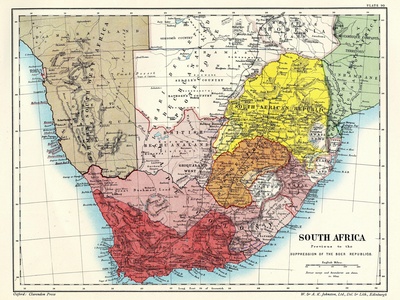
South Africa
Mandarin in South Africa is used by Chinese business communities, students, and recent immigrants. Major cities host Mandarin media, schools, and commercial networks linked to Sino-African trade and investment.
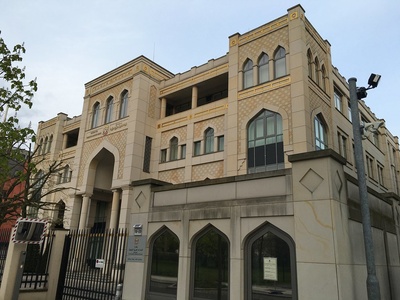
United Arab Emirates
The UAE hosts many Mandarin speakers among expatriates, businesspeople, and students. Mandarin is common in Dubai and Abu Dhabi, visible in trade services, schools, and tourism industries catering to Chinese visitors.

Saudi Arabia
Saudi Arabia’s Mandarin speakers include migrant workers, engineers, and business staff tied to infrastructure and energy projects. Mandarin is used in workplace communication, project sites, and expatriate communities.

